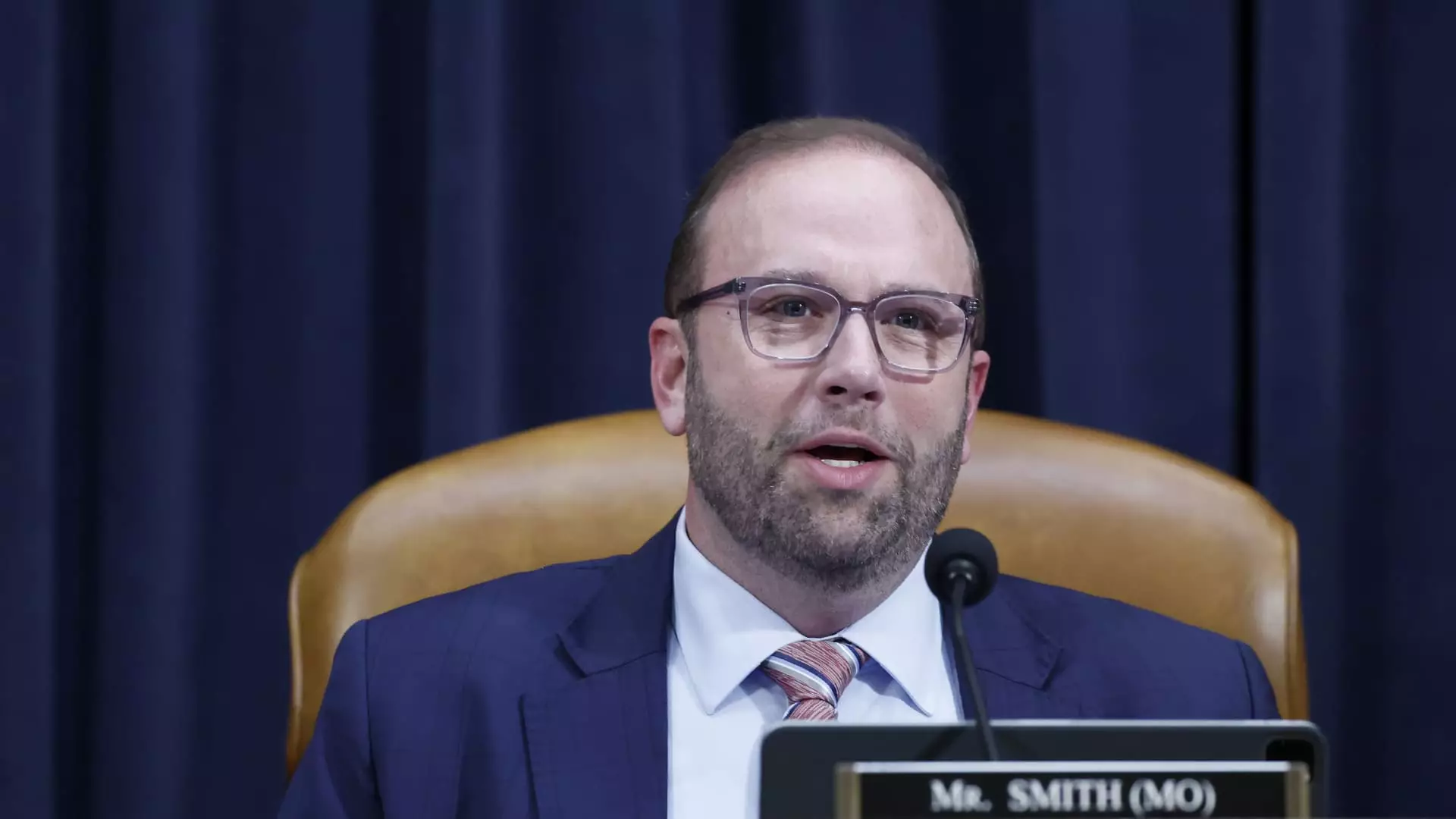As the clock ticks down to the inauguration of President-elect Donald Trump, lawmakers in the House are ramping up discussions regarding the potential extensions of the significant tax reforms introduced in 2017. With numerous tax provisions set to expire after 2025, the stakes are high, as the looming expiration could affect millions of American families and small businesses. The implications of the Tax Cuts and Jobs Act (TCJA) reverberate throughout the economy, compelling a critical examination of both its successes and shortcomings as Congress considers its next steps.
A sense of urgency permeates the discourse among House Republicans, particularly from House Ways and Means Committee Chairman Jason Smith, who insists that immediate action is required to provide tax relief. Citing the potential tax increases for over 60% of taxpayers if the current provisions lapse, Smith urges for a swift enactment of permanent tax cuts. His argument highlights the critical nature of maintaining lower tax brackets, an expanded child tax credit, and advantageous deductions for pass-through businesses, all key components of the TCJA.
The cost of inaction could be devastating, directly impacting the financial well-being of countless families across the U.S. With a potential tax hike hanging in the balance, it is paramount for Congress to avoid last-minute deliberation and instead proactively address these impending changes.
Republicans, now holding both the Congress and the White House, aim to leverage a legislative procedure known as “reconciliation,” enabling them to sidestep the filibuster and pass their proposals with relative ease. However, assembling a comprehensive strategy that appeases party members while also considering the broader implications for the national budget is fraught with challenges.
Critics from both political parties have raised alarms about the costs associated with extending the TCJA provisions. The magnitude of the projected federal budget deficit, which escalated to nearly $710.9 billion in December, has sparked concerns regarding the sustainability of such tax measures. While some Republicans champion the permanence of the tax cuts, Democrats question whether these policies disproportionately favor affluent Americans at the expense of bolstering middle-class families.
A recent analysis by the Treasury has painted a stark picture of the tax savings landscape. Estimates suggest that fully extending Trump’s tax cuts could accumulate a staggering cost of $4.2 trillion over the next decade. Of significant concern is the distribution of tax relief; while the average American family would see a modest 2.2% decrease in their after-tax income, the wealthiest 0.1% of earners would benefit far more significantly with an average tax savings of approximately $314,000.
This disparity raises important questions regarding equity in tax policy. Critics argue that while the TCJA offered broad tax cuts at its inception, the benefits were disproportionately channeled to high-income earners rather than fostering shared prosperity among middle and lower-income households. As the conversation about tax reforms evolves, it’s essential for lawmakers to reflect on whom the reforms truly benefit.
As Congress heads toward the deadline for potential tax reform, the urgency for a balanced approach becomes increasingly evident. The discussions surrounding Trump’s tax cuts encapsulate broader economic philosophies and priorities, demanding thoughtful analysis and deliberation.
Lawmakers must grapple with the implications of extending tax cuts that largely favor the affluent while considering the financial realities faced by the majority of Americans. A path forward that values equitable tax relief, accountability, and fiscal responsibility will be essential—as families and small businesses rely on Congress to make informed decisions that truly represent the nation’s diverse economic landscape. Without careful consideration, the future of U.S. tax policy remains uncertain, leaving taxpayers in a precarious position as they brace for potential increases in their tax burdens post-2025.

